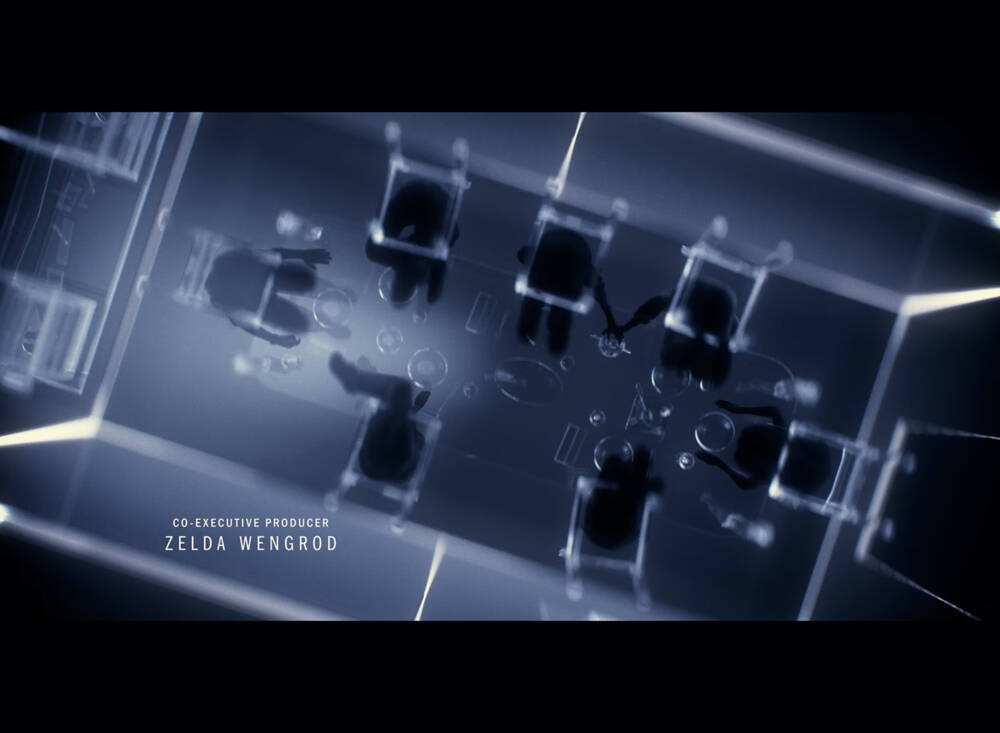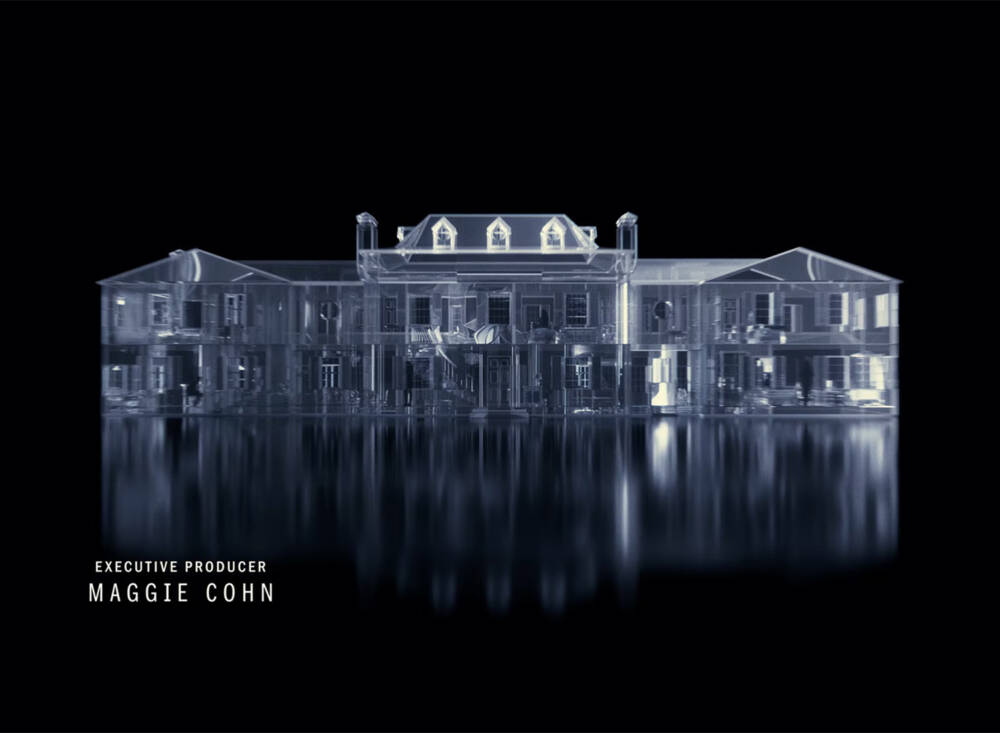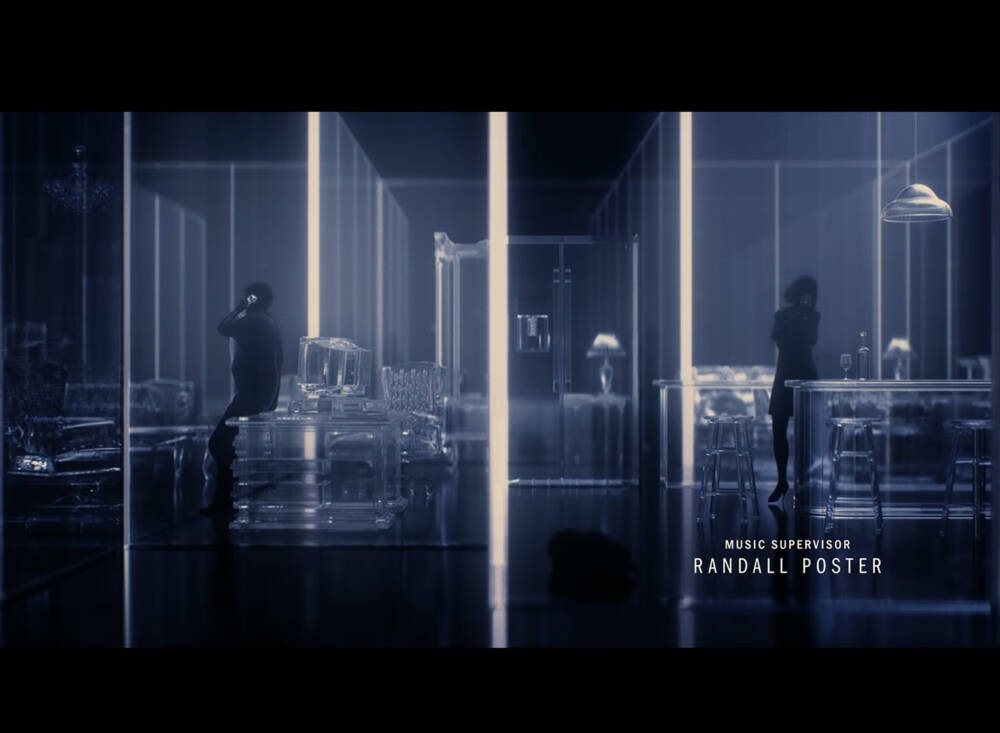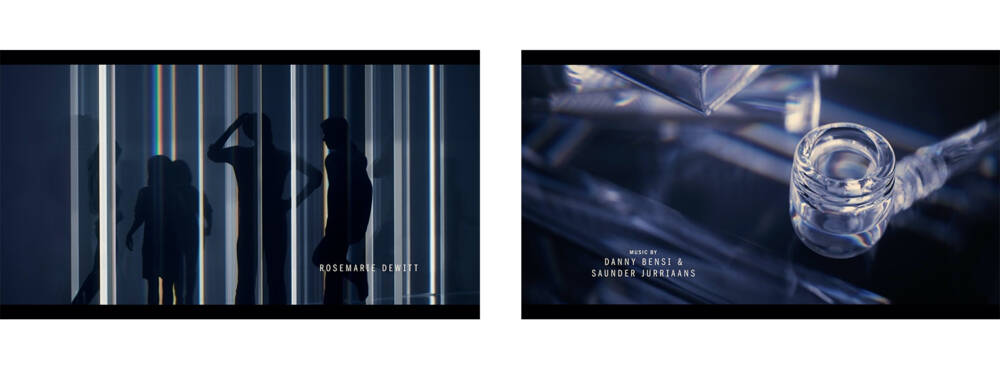Sarofsky on creating the titles for HBO’s “The Staircase”
HBO Max’s true crime miniseries “The Staircase” explores the story of Michael Peterson and the suspicious death of his wife Kathleen, who was found dead at the bottom of the stairs in their palatial North Carolina home in 2004. Chicago-based Sarofsky was called on to create an elegant title sequence that spoke to the story’s labyrinthine plot, utilizing reflections, distortions, layers and perspectives to kaleidoscopic effect. The team spoke to Maxon about their work that foreshadows the true crime drama’s themes and a family divided. Created with Cinema 4D, After Effects, Photoshop, Flame and Octane the title sequence is based on a multi-layered, transparent three-dimensional house.
Staircase Main Title Sequence from Sarofsky on Vimeo.
Sarofsky is well known for its commercial and entertainment work, including main titles for films such as “The Suicide Squad,” “Peacemaker,” “Grand Crew,” “The Mosquito Coast” and “WeCrashed.” Founder and Executive Creative Director Erin Sarofsky and Creative Director Stefan Draht say that, from the start, the team’s glass concept hit a creative and conceptual sweet spot that appealed to writer/Director Antonio Campos and Executive Producer Maggie Cohn.
Recalling those initial conversations, Sarofsky recalls that the showrunners were excited to set the tone of the story and challenged them to explore interesting and visually striking ways to convey the sense of uncertainty and ambiguity that would run through the series.

“As we explored the material, we found that 3D glass would help us establish the theme of uncertainty and mystery by leveraging it’s sometimes unpredictable reflective and refractive qualities,” Draht says.
Challenges and R&D
Typically, after client approval of hi-res concept frames, Sarofsky moves into the production phase. But with “The Staircase” titles, an ongoing visual dialogue with the client continued into production, necessitating a somewhat unique approach to concept development and workflow.
While the design team proceeded with the build, Draht managed the continuing ideation using low-res, conceptually descriptive frames that included a combination of hand-drawn storyboards and visual collages of found footage. “This approach facilitated a narrative and tonal conversation with the director while allowing us to iterate much more quickly on the conceptual level without sidetracking the CG team with every new idea or iteration,” he explains.
Getting the glass right in CG was one of the main challenges of the project, Draht says. “We learned that glass is hard. Ha! And it’s a technical conversation as much as a creative one.” Knowing that, Draht’s goal in R&D was to find the right strategy to remain internally consistent while creating something beautiful shot to shot.
Creating the Glass House
With a two-month turnaround, Sarofsky put 10 artists and designers on the project, drafting in more when needed. The creative toolset included Photoshop for concept development and frame boards, Cinema 4D for 3D modeling and animation, After Effects for 2D animation and compositing, Octane for 4k rendering, and Flame for final color grading and finishing.

3D Artist Dean Ripper used C4D’s polygon modeling tools, including the Polygon Pen, to quickly shape and revise the glass house’s base geometry as needed. The MoGraph toolset proved essential for animating staircases, allowing for fluid motion created by Cloners, Fields and Effectors.
Silhouetted characters inhabit the model, glimpsed in pairs or groups that hint at relationships. “We made extensive use of Cinema 4D’s Character toolset to get our poses and silhouettes just right,” explains Ripper.

The Volume Builder and Volume Mesher were also essential for solving issues with the glass structure, Ripper says. “Some of the geometry would cause flickering in render if it was not smooth or had even the slightest intersections. By running troublesome props through the Volume Builder, we could get clean meshes, allowing for the proper light interaction we were looking for.

The labyrinthian spiral of rooms scene required special attention. Nested inside a Fracture object with a Linear Field animating them into place, the rooms are home to rigged characters, props and walls built with roughness and emission controls in order to refine the material properties to get the right look.
“That scene was tough to get working in render because of its size and was tricky to light as well,” says Ripper, explaining that most lighting setups used dome lights with a blurred HDRI to minimize flicker and artifacts in the render.
One of the clever solutions Sarofsky’s team came up with was an XPresso rig for creating walls that were a consistent depth and would lock to a grid with each other without penetrating, intersecting or even quite touching. “That last detail turned out to be super important,” Ripper says, “because when surfaces touch or intersect, artifacts and unexpected results occur in the renderer. It’s another touchy detail of how glass is simulated in CG but something we needed to keep a constant eye on.”
Kaleidoscopic effects
Beyond providing a reference to the crime scene, the title sequence uses the glass house model to imply a cryptic space, Draht says. Escher-like distorted perspectives and spatial relationships were fundamental to achieving a sense of ambiguity and complexity.
Applying the effect to the 3D CG model proved a tough challenge that was solved by using a camera’s focal length and positioning to force perspective, a classic cheat in photography and cinema.

“We used a flattened sense of depth with a long lens to make it seem like action was taking place in the same space only to shift the camera around and reveal the actual depth of a space and the literal/conceptual distance between characters,” Draht says.
Employing another cheat, they created a dislocated effect by rendering the same shot with different character arrangements. The team accomplished that during the compositing phase using a passing edge of a wall or other obstacle to hide a transition between the two distinct shots as the camera moved.

Reflecting on the project, Sarofsky says she feels The Staircase” titles support the studio’s “concept-first” approach where the look and technique work in service of the idea. By way of example, she cites one of her favorite scenes where the camera moves to reveal that relationships were splintered.
After first showing a few figures seemingly in the same room, the camera pans to reveal that they are, in fact, in different parts of the house. “That’s the beauty of the glass house,” Sarofsky says. “You do see inside, but perhaps what you see isn’t quite accurate.”